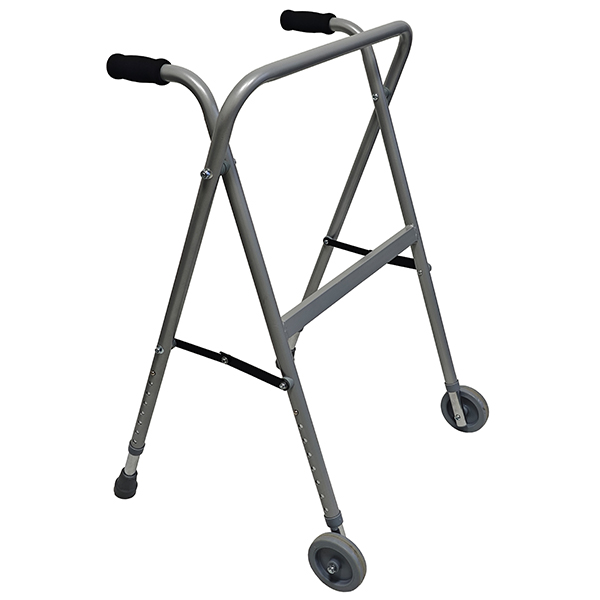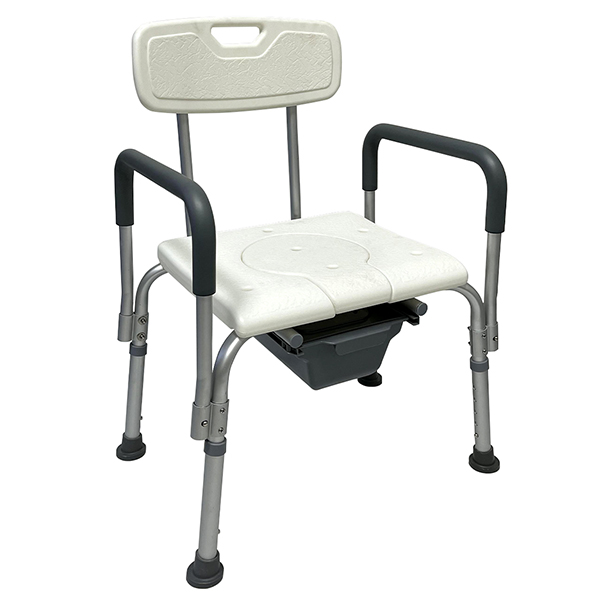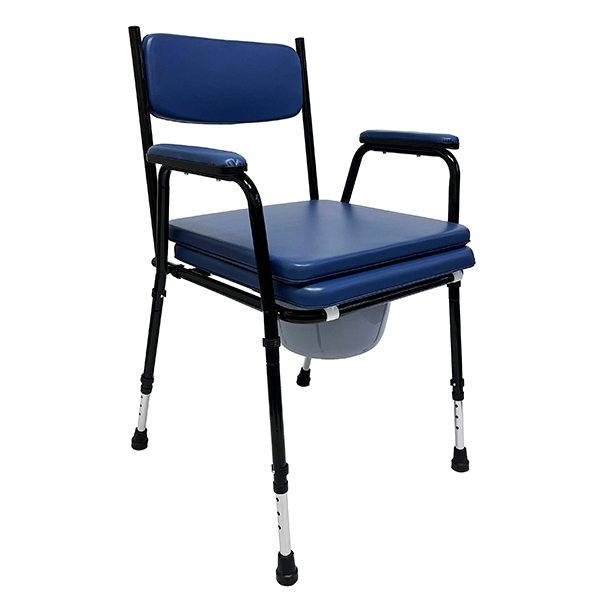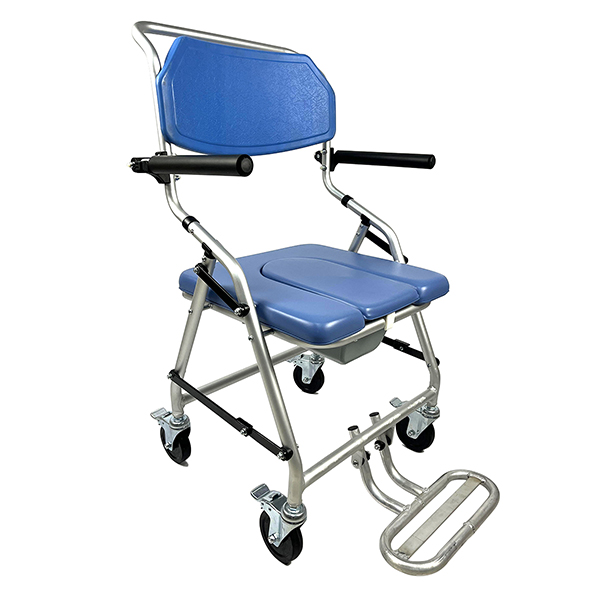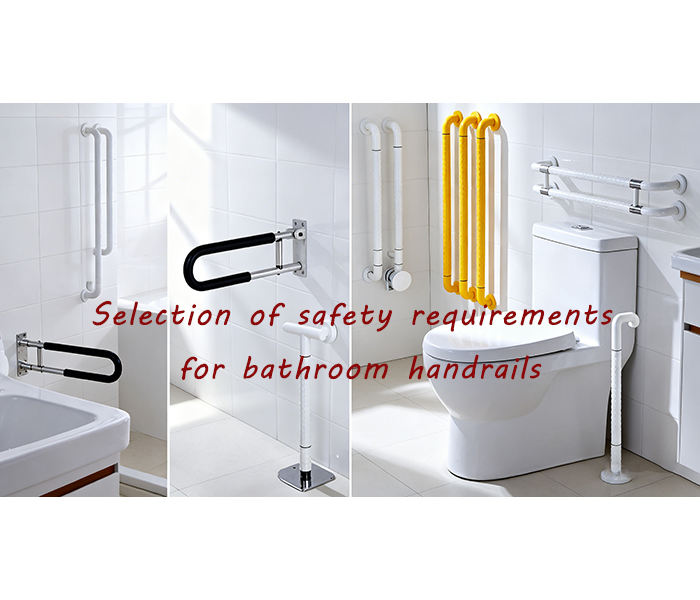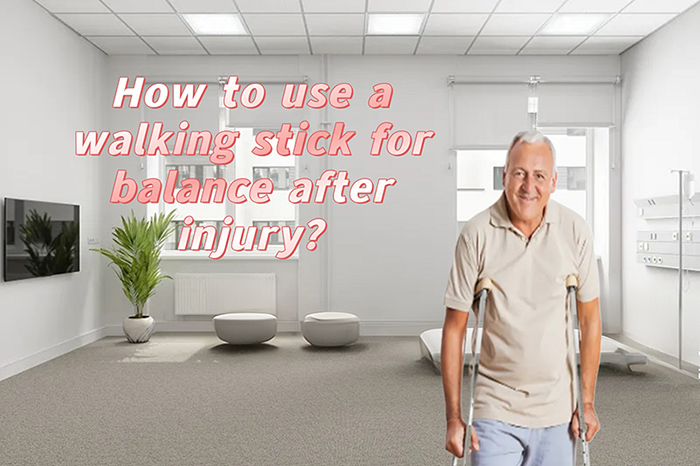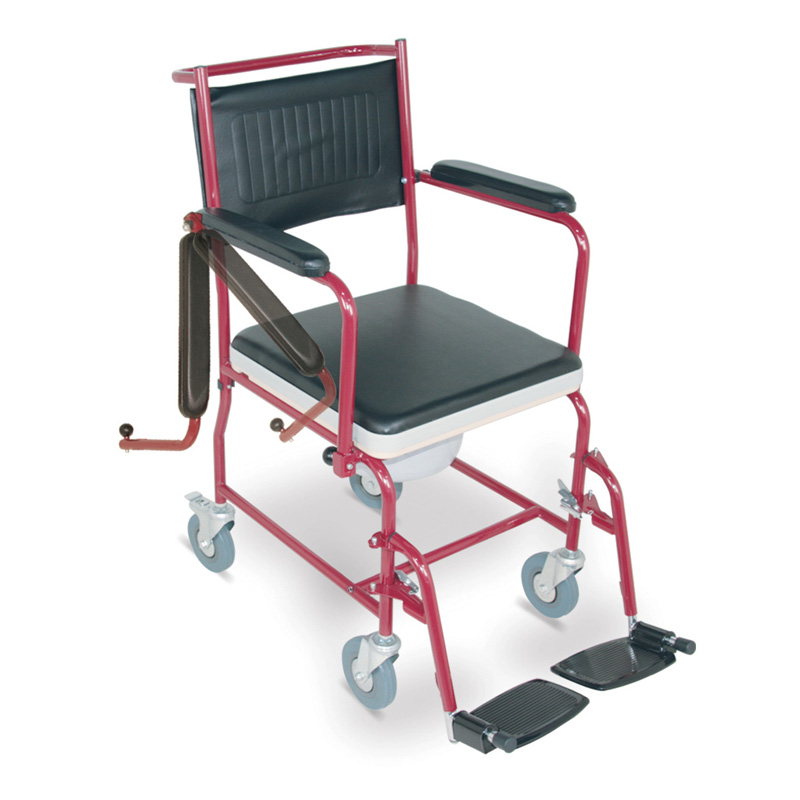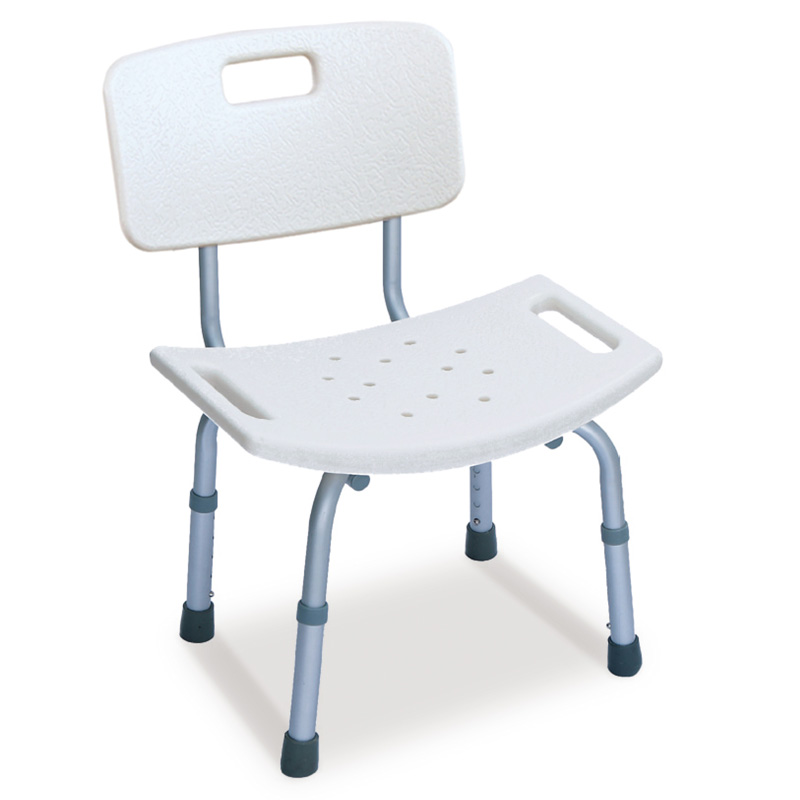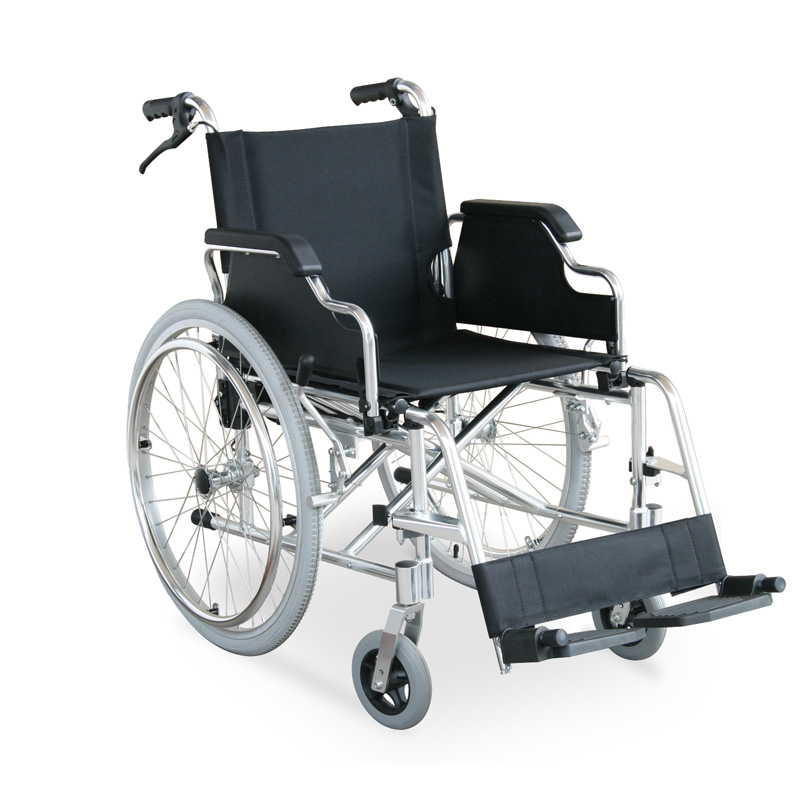Introduction and User Guide for Upright Rolling Walkers
2024-11-21 12:10
Correct use of an upright rolling walker can significantly improve stability and independence when walking. If you are unsure or need further assistance, you should consult a physical therapist or healthcare professional for personalized guidance.
Introduction and User Guide for Upright Rolling Walkers
I.Introduction
For those who have difficulty maintaining balance and mobility, a standard cane or walker may not be enough, and an upright rolling walker (also known as a forearm walker or walker with armrests) can make a difference. Whether you are recovering from an injury, have an ongoing health problem, or need extra help as you age, learning to use one can be life-changing, helping to restore independence and freedom, allowing people to get out and about with confidence.
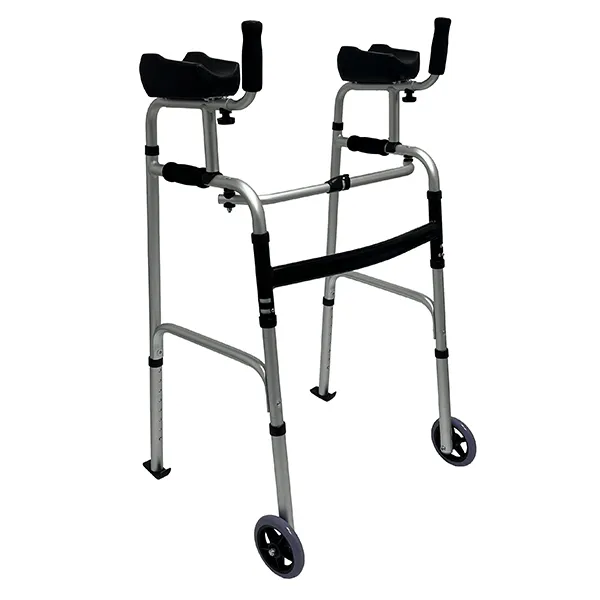
II.What is an upright rolling walker
It is a walking aid designed to provide additional support for people with limited mobility. Unlike traditional walkers, it has horizontal armrests at waist height that users can rest their forearms on while walking. This design has obvious advantages, which can better distribute weight and effectively reduce the pressure on the wrists and hands.
III.Who needs to use a forearm walker
When the hand and wrist strength becomes weak, it is difficult to push a regular walker or rollator. Forearm walkers offer a reliable alternative for the 1.following groups of people:People recovering from surgery or injury.
2.People with neurological diseases such as Parkinson's disease.
3.People with arthritis.
4.The elderly.
It allows users to lean comfortably on the armrests instead of holding the handles, reducing the pressure on weak hands and wrists, while providing the stability and support of a sturdy walker.
IV.How to roll a walker in an upright position
1.Stand up straight and hold the handles tightly, with your arms extended and your elbows slightly bent.
2.Lean your body weight forward and distribute it between your arms and legs.
3.Take small steps while moving the walker and weaker leg forward.
4.Once the walker is in place, extend your stronger leg forward to meet the weaker leg.
5.Repeat the process, maintaining a steady pace.
V. Proper up and down movement is important for maintaining balance and stability. Here's how:
Face the step or curb and place the walker close to it.
Push down on the handle to lift your body slightly.
Step with your stronger leg first, then with your weaker leg and walker.
To go down the steps, reverse the process: move the walker forward, then go down the step with your weaker leg first, then with your stronger leg.
VI. Conclusion
Correct use of an upright rolling walker can significantly improve stability and independence when walking. If you are unsure or need further assistance, you should consult a physical therapist or healthcare professional for personalized guidance.
-
Please visit Folding Lightweight Walker Frame With Wheels
This lightweight walker is incredibly convenient!The walker features 8 height adjustments to accommodate users of different heights.The walker with wheels's 4-inch casters offer flexibility and stability, adapting to various surface types.The 2 wheels walker's anti-slip foot covers are secure and safe, preventing falls and tipping.The 2 wheels walker supports a user-friendly fold in design.This mobility walker is suitable for various scenarios.This mobility walker can fully meet your needs and bring you a worry-free experience.
Get the latest price? We will reply as soon as possible (within 12 hours)

